Play Streets

“Why would you want to play on the street? I’ve never done it and I think its weird.”
– Year 5 student during a co-design session –
For those that could remember, playing on the street was never new, never risky and never ‘weird’. Generations of families, neighbours and children all remember their local streets and neighbourhoods as places to gather, talk, have BBQs and play. Groups of children would be their own traffic signals by screaming out “Car!” to let their peers know when to move away, neighbours weren’t afraid to share a cup of flour together and parents were reassured to let their kids outside as they trusted other residents’ eyes on the street.
In recent years, these moments, and feelings of trust in neighbourhood streets have been happening less due to a number of factors. The amount of vehicle traffic, car ownership and speed of traffic in suburbs has increased making the general public feel unsafe. As a result of the housing crisis, new residential areas are designed to be narrower with developments using up every green space for housing rather than a play or public space. A shift in our heightened awareness has made society more cautious of how we let our tamariki play outside and unattended. Play Streets are one of the ways in which the community can play on their streets, build trust and promote Article 31, the right of the child to play.

What are Play Streets?
Play streets are resident-led events helping to temporarily open up streets for all residents and local tamariki to play. Picture cones or some sort of moveable safety barrier, balls and chalk and people out the front of their houses. There is a simplified council application process involved and there are always opportunities for residents to get in touch with community organisations to support their event too. These events temporarily restrict vehicle traffic on small and quiet residential streets during daylight hours. The events are normally designed and planned by the residents to be low-cost and low-stress so everyone can have fun.
How did this come about and why does the guidance matter?
Overseas play streets have been popping up all over the world from the United Kingdom, Canada, United States, Brazil and Australia. In 2019, Waka Kotahi and Sport New Zealand decided to lead and invite councils, regional sports trusts, traffic engineers, Healthy Families NZ locations and other organisations to understand how we could Aotearoa-fy a play street model fit for our communities.
Different perspectives were shared between those who were more risk-averse, and others who had interest to test play street events at a local level. It was understood from the group that no easy process had ever existed for communities to apply for a Play Street and that communities would find it difficult to navigate traditional traffic management processes. In context to Auckland, the same traffic and council process to close Queen Street for the Farmers Santa Parade would be a similar process to closing a small quiet cul-de-sac in Massey.
By 2020, Waka Kotahi developed Draft Play Street Guidelines which served as a template for regions to run play street events alongside interested residents. Several Play Streets were piloted from 2020- 2021 across the nation. The Innovating Streets for People Fund helped push for more pilots to happen in places such as Auckland and Ōtautahi. All feedback from the pilots had shaped and informed the publish new guidelines accessible on the Waka Kotahi Website.

Healthy Families role in play streets
Healthy Families NZ locations saw the opportunity to be part of the pilot to ensure the Play Streets were carried out in neighbourhoods that don’t usually see this kind of investment.
With a mandate to work in collaboration with local partners and community, carry out innovations, learn by doing and look for opportunities to scale, Healthy Families teams dedicated time and resource to co-design each event with the respective families and children, as well as linking in with local community organisations to be involved. Working alongside champions and gathering ideas on what the neighbours wanted to see at their event was crucial to the success on the day as communities could see their ideas brought to life.
Anything that didn’t go well at one event was taken on as a learning for the next, or a learning overall that could be provided as feedback to Waka Kotahi and their draft guidance. Capturing and communicating the learnings and successes are also part of the Healthy Families NZ way of working. Telling the story helps to create a ripple effect where Play Streets can be seen happening all over the motu for years to come.

How can I do one of these play streets with my neighbours
At the moment, regions and councils across Aotearoa are still in the midst of finalising processes however we recommend that the average joe blogs living on a quiet residential street could approach their local ‘Play’ person from a regional sports trust to see if there’s any opportunity to run or test one in collaboration with Council and other partners.
There’s no guarantees on how similar each region plans for a play street or whether there’s already an existing piloted process however after testing so many of these fun events in West Auckland, we’ve learnt to:
- Have agreed support from most if not all of your neighbours who live on the street
- For the Auckland pilots, it was useful to have an appointed traffic manager who came to advise resident volunteers on how to divert and block traffic for the first hour of the play street
- Understand what different sorts of ‘play’ there would be for tamariki, rangatahi and not forgetting the adults too!
- Work alongside local community organisations and hubs to resource share. Sometimes there’s opportunities to hire out BBQs, speakers and connect with local artists to do street art.
- Be flexible around weather and have a rain check date, however there’s also nothing wrong with putting on some gumboots and raincoats for a wet weather play street
- Provide cardboard boxes and loose parts play items like the Magic Play Box to add an element of fun.

